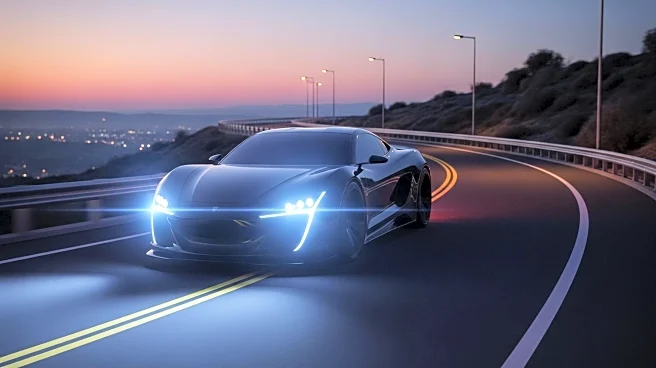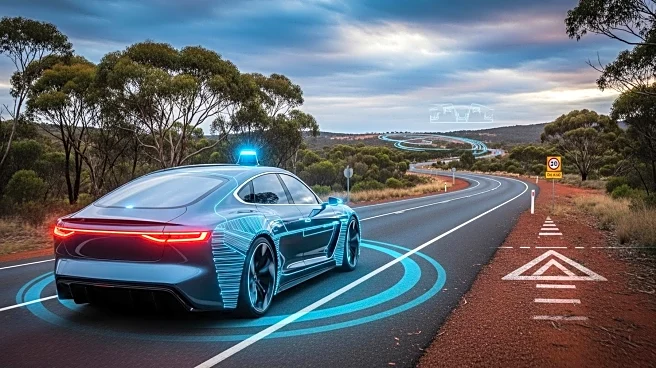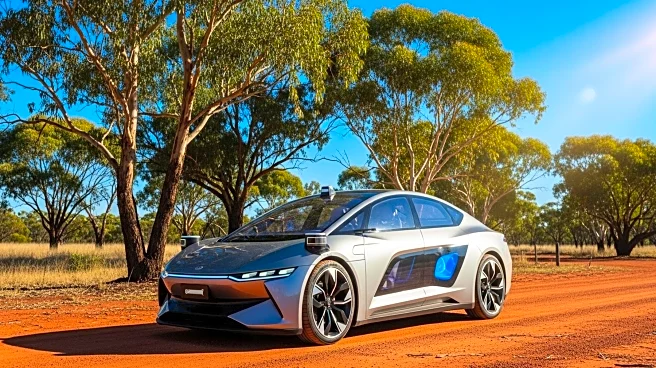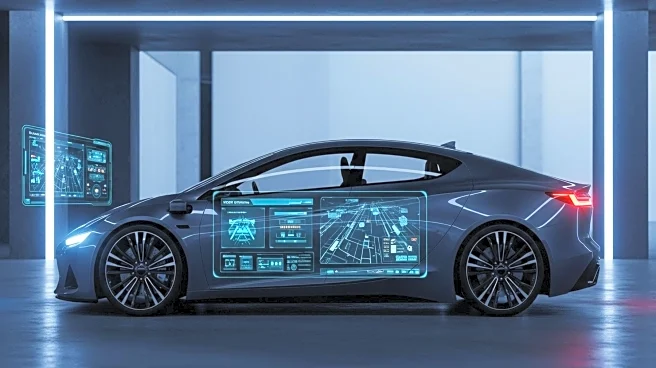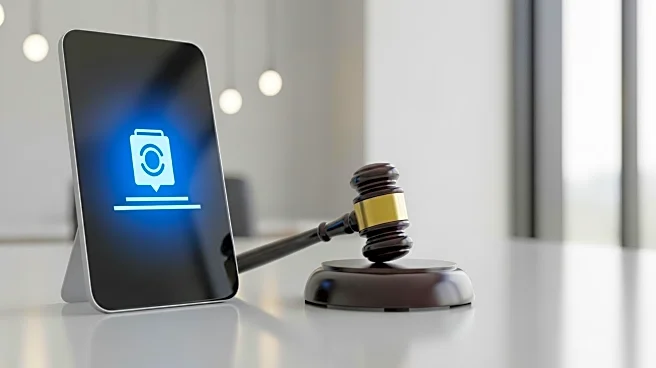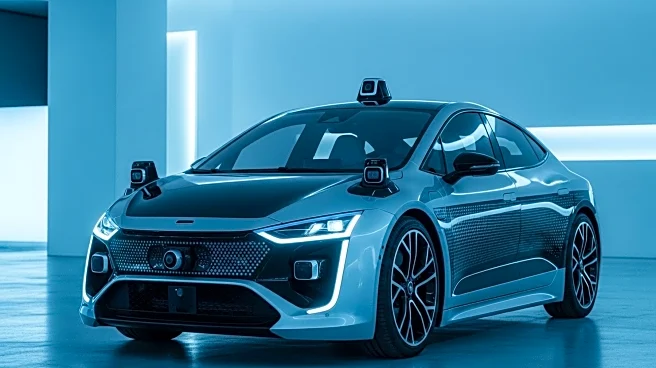What's Happening?
Tesla is testing its Full Self-Driving mode in Australia, raising questions about the legality and safety of autonomous driving technology. The software allows vehicles to navigate complex driving scenarios with minimal driver intervention, but requires supervision due to its classification as level-two automation. This development has sparked controversy, with experts debating the potential impact on road safety and the legal implications of using such technology without permits. Videos of Tesla vehicles operating without hands on the steering wheel have led to concerns about the perception of driverless cars and their safety.
Why It's Important?
The introduction of Tesla's self-driving software in Australia is significant as it represents a step towards more widespread adoption of autonomous vehicles. However, it also raises important questions about road safety and regulatory challenges. The technology promises to reduce human error, a major cause of accidents, but its implementation must be carefully managed to avoid over-reliance and potential safety risks. The debate surrounding Tesla's software highlights the need for clear regulations and public awareness to ensure safe integration of autonomous driving technology into everyday use.
What's Next?
As Tesla continues to test its self-driving software, regulatory bodies may need to establish clearer guidelines for the use of autonomous vehicles. This could involve revising existing laws to accommodate new technologies and ensuring that drivers are adequately informed about the capabilities and limitations of self-driving systems. The automotive industry may also see increased investment in developing safer and more reliable autonomous driving technologies, with other manufacturers potentially following Tesla's lead in testing and deploying similar systems.
